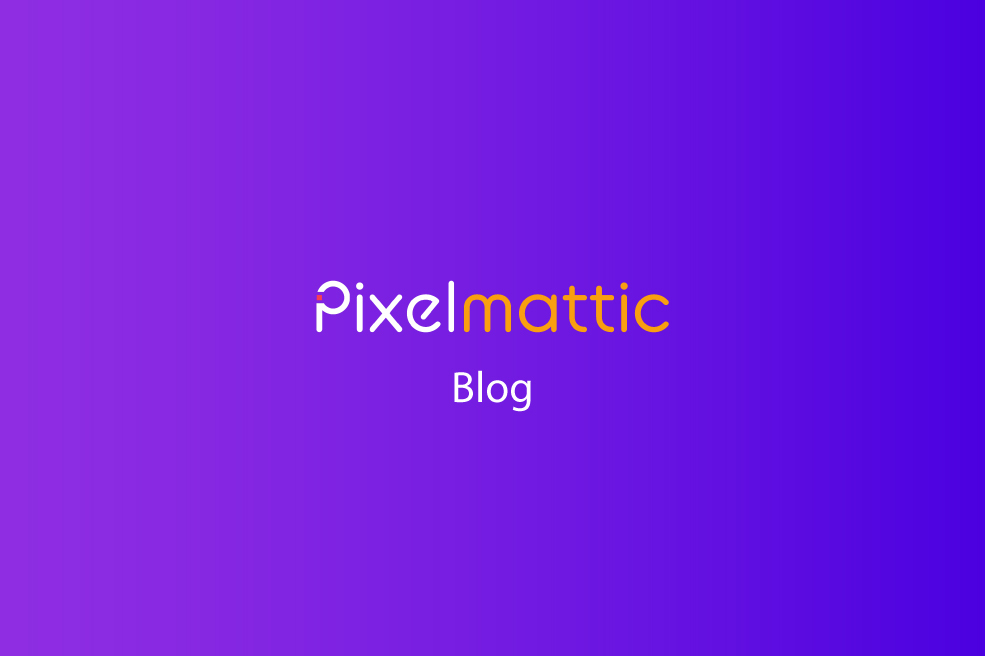If you remember the websites from the 90’s, they were mostly static in nature. The web has evolved to a point where it can now be used as an operating system. Without going into the technicalities of what makes a website static and dynamic, we want to give you an idea of what purpose they each serve. Most importantly, why a dynamic website is generally better for your business.
Canon Website from the 90’s
A simple static website is great for displaying information that doesn’t change too often. It is best suited for a resume website or website with no marketing needs.
A dynamic website is great for providing information, collecting information and updating content frequently. If you want to market your business online, you must have a dynamic website. A dynamic website is usually powered by a content management system (CMS), like WordPress.
Static vs Dynamic is also a mindset. When you approach a website from the point of view of dumping all possible information about your business online, it becomes static in nature. There is no chance for a conversation between you and the website visitor. There are no avenues for interaction.
A dynamic website is not just a website with moving pictures and buttons that give you a false impression of interaction. The interaction must lead to business. For that to happen, there needs to be a strategy which translates into design and features on the website.
A marketing website or a dynamic website is better suited for your business than a static website. Here’s why
Let’s look at what a dynamic website allows you to do.
1. Targeted Audience:
You need to have websites that are audience oriented. It is all about working out your buyer personas and establishing a site containing everything they require. A contextual ad system focuses on particular keywords, targeting one particular set of audience. These advanced search results are based on the context present on your page, the user history and basis of the ads displayed. Contextual marketing is a technique based on results we obtain from searched items and browsing activities. That way, you are able to provide the EXACT information a customer is looking for.
Using tools from Google, you can understand your customers better and target the ones you need to.
2. Talk TO your customer, not at them!
Your website is not a brochure! There is a lot of difference between a customer profile and a customer persona. Get into your customer mindset, think like them and design a site around that. Delivering the right content to the right audience makes a great impact on your ranking as a website. The way you talk to your audience also varies depending on which buying stage he/she is in.
It also helps to know that you’re talking to the right audience and what they look like.
3. Dynamic website lets you converse with your customer:
Have a strategy to build conversations with your customers. This will not only let you establish your expertise better but also allows the customer to establish a better relationship. This is much better than a boring contact information displayed. It is all about getting the real-time experience. Customers will be happier to get their doubts clarified immediately. Encourage them to comment on your blog posts, or you can use tools to live chat with customers or collect information and feedback from them.
4. Capture user information:
Besides the live chats, any further queries can be tackled later, for which you would need their information to get back. Contact forms are a great way of building your database with customer information. Click the image to see why optimising your contact form will turn it into a great customer acquisition tool.
5. Lead generation through landing pages:
The purpose of a landing page is to collect user information in exchange for your newsletters, podcasts, webinars, ebooks and more. The page must contain one catchy message and no other external links. This page can be dynamic to the extent that if it’s a customer revisiting the page, you would display different content as compared to a first timer (Adaptive Landing Pages) .
According to Google Adwords: Things to keep in mind about the landing page:
- Loading time
- Transparency
- Originality of the content
- Easy navigation
6. Conversion optimisation:
The whole point is to get the audience to convert to potential customers. The call-to-action button must be of a vibrant colour, have a clear headline, or add a catchy video on this page and the word ‘FREE’ if you can include that. A typical inbound marketing conversion funnel looks like this:
7. Content Management
With so much focus on dynamic content, you must have the ability to change it frequently. If you have to run to a developer every time you want to add a new line of text, it’s going to be tedious. WordPress, with it’s easy dashboard and Word-like text editor, gives you the power to make changes.
You can add images, create a gallery and add slideshows all by yourself, without a single line of code.
[content_band inner_container=”true” no_margin=”true” padding_top=”0px” padding_bottom=”0px” border=”none” bg_color=”#e5e5e5″]
Planning to make a shift from the static website to a more vibrant marketing website? Get in touch with us.
Error: Contact form not found.
[/content_band]
Image Source: Canon Website – https://archive.org/
